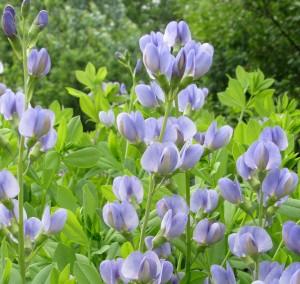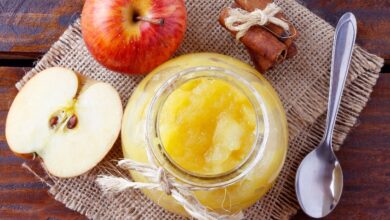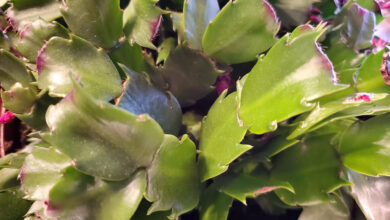In celebration of a garden favorite …
If you enjoy growing perennials, or are looking to try, now is the time to celebrate.
A recent email from Sara’s Garden Center in Brockport reminded me that the Perennial Plant Association designates June as perennial gardening month.
I love growing perennial plants for flowers, foliage and fruit. Perennials begin the season early and carry on through the heat of summer – right up until hard freezes and sometimes even after – with a constantly changing array of buds, blooms and produce, and they come back year after year.
Right now is the moment for peonies; a time I look forward to all year long. My lady’s mantle is coming into bloom and the meadow sage adds a beautiful blue to the perennial beds. Cone flowers and rudbeckia are sending out new foliage growth and the daisies are also coming into bloom.
Growing perennials means you always have something seasonal making your landscape look wonderful and adding interest and vitality as the display changes over the course of the season.
This is a great time to plant perennials as they are readily available at garden centers and the weather is pleasant for building a perennial bed or rejuvenating old beds.

Baptisia australis or blue false indigo, is one of my favorite perennials. It has beautiful blue flowers in late spring, gorgeous soft, shrub-like foliage all summer, and interesting seed pods for autumn crafts. K. Gabalski photo
Many perennials are low maintenance, but the National Gardening Association reminds us that they do need regular care to look their best and stay healthy.
Here is the National Gardening Association’s list of perennial garden maintenance jobs to keep your perennial beds in beautiful condition:
Remove spent flowers. Use scissors or hand pruners and cut flower stems just above a leaf or bud when they have finished blooming. Also remove any damaged leaves. Deadheading can help promote another flush of blooms and keeps your garden looking tidy.
I do, however, leave the seed heads of coneflowers and rudbeckia for the birds and allow my lupines and forget-me-nots to self sow.
Keep an eye open for pests and problems – things like damaged leaves, sticky or discolored or spotted leaves; flower buds that have been chewed or are growing abnormally; or damaged stems. Consult with staff at a local garden center or cooperative extension Master Gardeners for help in identifying and treating problems.
Typically, I don’t water perennials once they are established, unless it is very dry. The ability to tolerate dry conditions is a priority for me in choosing plants, but if my plants become stressed, I do water on a rotating basis.
Newly planted perennials need to be watered well as they establish themselves the first season. Water thoroughly at the roots and avoid wetting foliage late in the day to prevent spread of disease.
Work to stay on top of weeds and edge your beds to create a border between lawn and garden. This keeps your garden looking groomed and your beds well-defined.
Remember to fertilize and mulch. Apply a granular slow release fertilizer for perennials following package directions, and use organic mulch and compost on top of the soil to help improve its condition and keep weeds in check.
Perennials are a beloved and essential element of my landscape. I’ll be celebrating their beauty long after June is gone.






